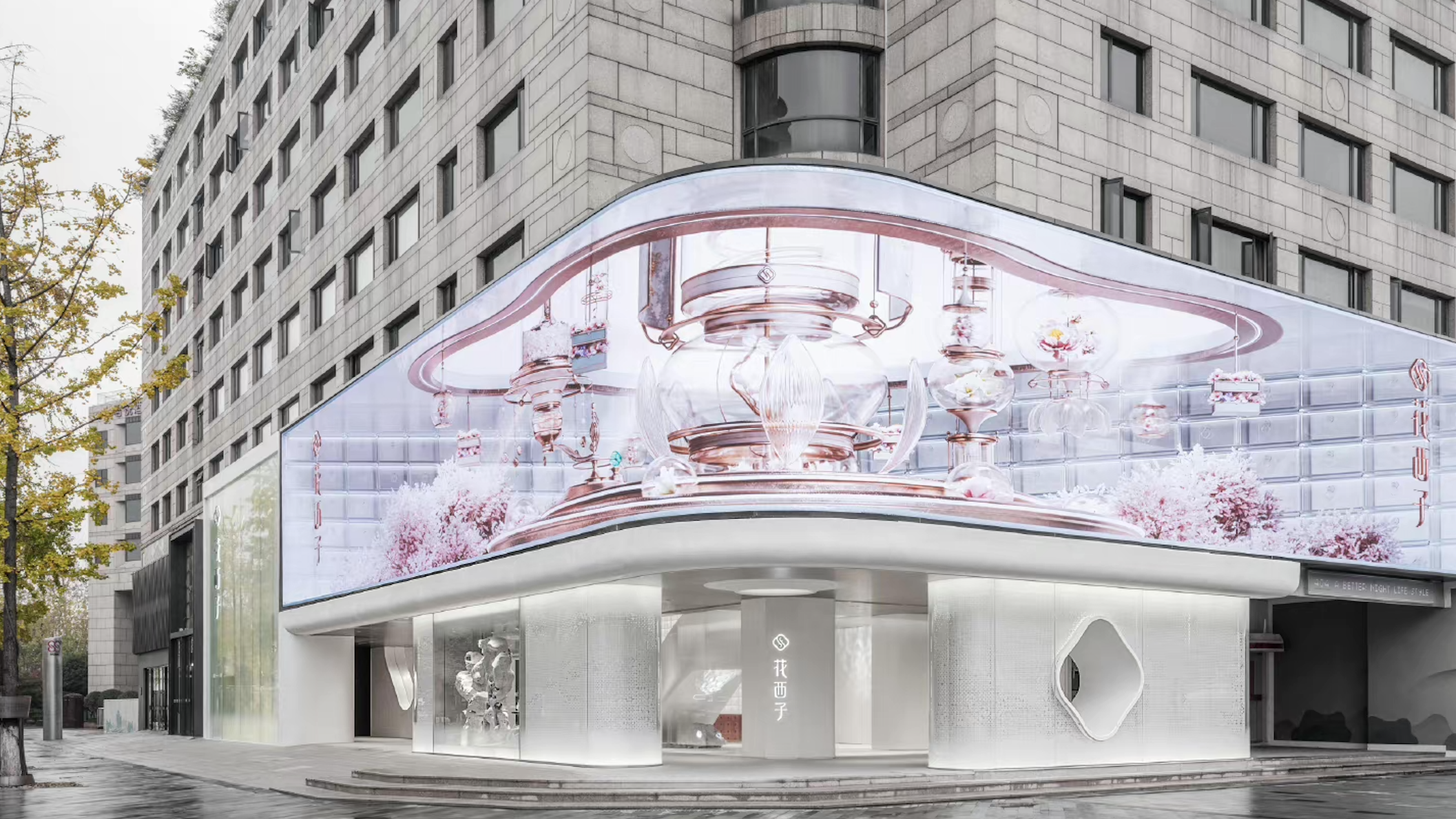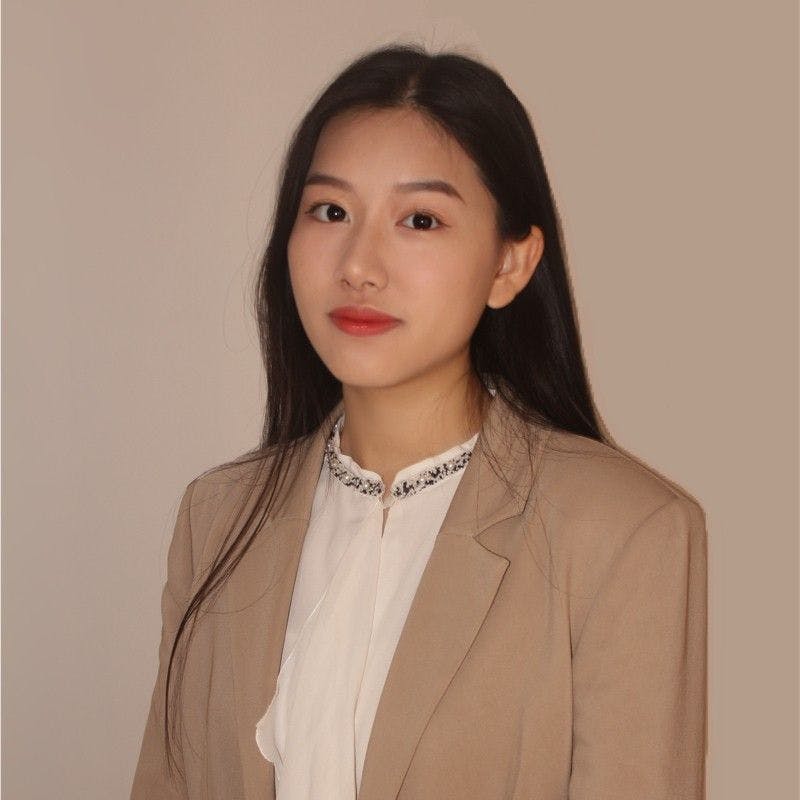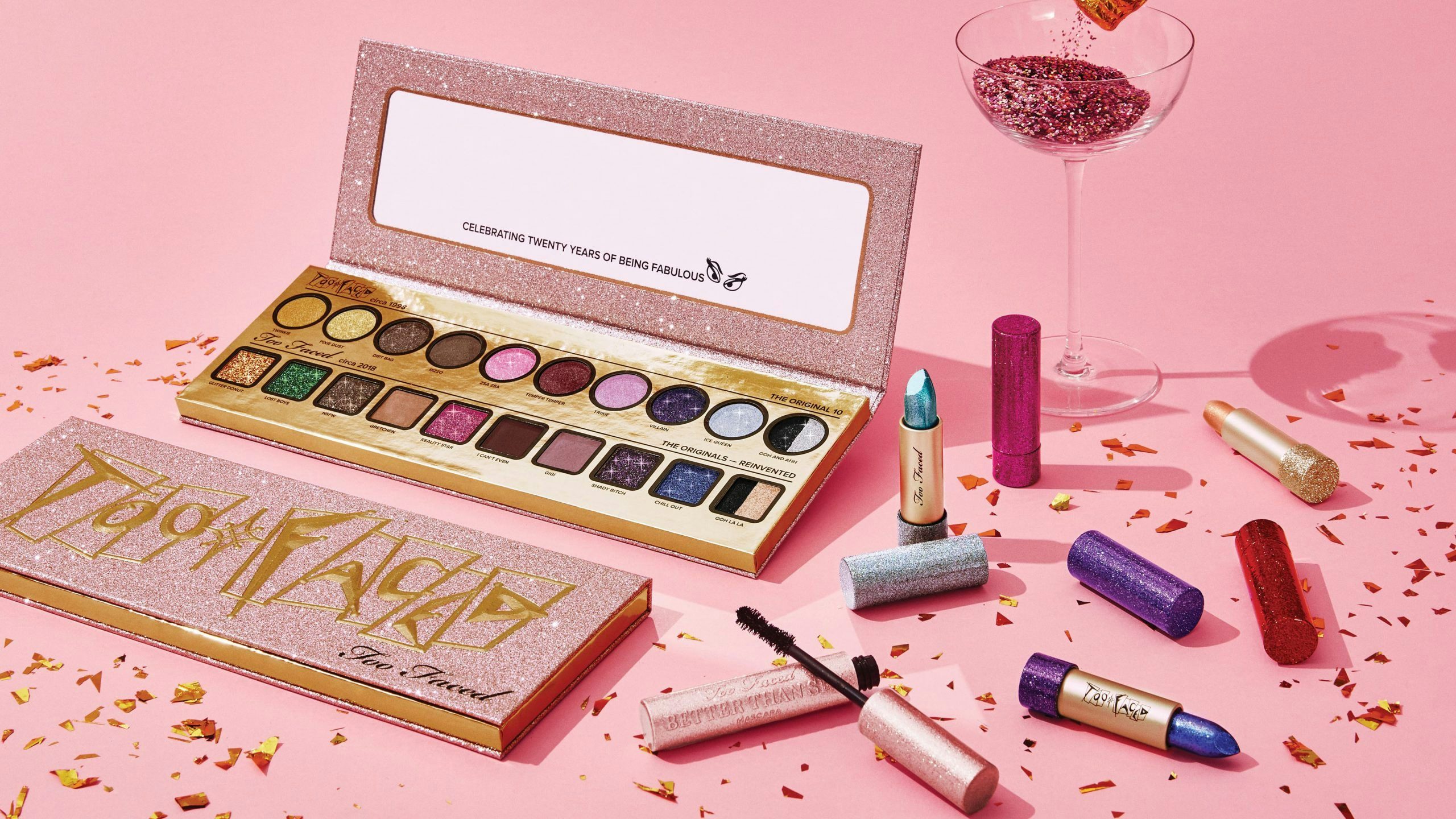Over the past year, the mainland’s crowded and highly competitive beauty market has undergone a total reshuffle. We’ve witnessed the downfall of many brands. Underperforming players, such as 3CE Stylenanda and The Face Shop from Korea; influencer makeup labels Huda Beauty, Too Faced, and Glamglow; and even LVMH’s Guochao skincare establishment Cha Ling have all shut down direct operating sales channels in China.
That said, this phenomenon doesn’t indicate the decline of the mainland's beauty sector. Instead, the market is flourishing. As per the latest report by GlobalData, the Chinese cosmetics market is expected to grow at an annual compound growth rate of 7.4 percent, reaching 11.7 billion (80 billion RMB) by 2026.
Lin Lin, CEO of the mainland’s largest international beauty fair CIBE, explains, “The domestic beauty market and consumer behavior have shifted to possibly the most well-informed, sophisticated, and demanding in the world.” In recent years, online platforms have allowed consumers to really educate themselves. As such, the beauty race is becoming increasingly polarized. Shoppers who wish to save money now have access to cheaper beauty products — or pingti 平替, affordable substitutes. Meanwhile, rising living standards and social media exposure has propagated knowledge about sophisticated skincare and makeup routines.
So, who are those consolidating their positioning in China, and more importantly, how?

Gallery-style retail spaces#
At the end of 2022, the up-and-coming domestic makeup brand Florasis opened its first-ever offline flagship store — “Yinyuan 隐园” — located by the West Lake in Hangzhou. As its name suggests, the interior which spanning 1,000 square meters, mirrors a traditional Chinese garden design with an inner and outer courtyard. According to a Florasis spokesperson, the physical store aims to create an art gallery-style beauty retail space for consumers to fully immerse themselves in the brand DNA and purchase customizable and limited edition products.
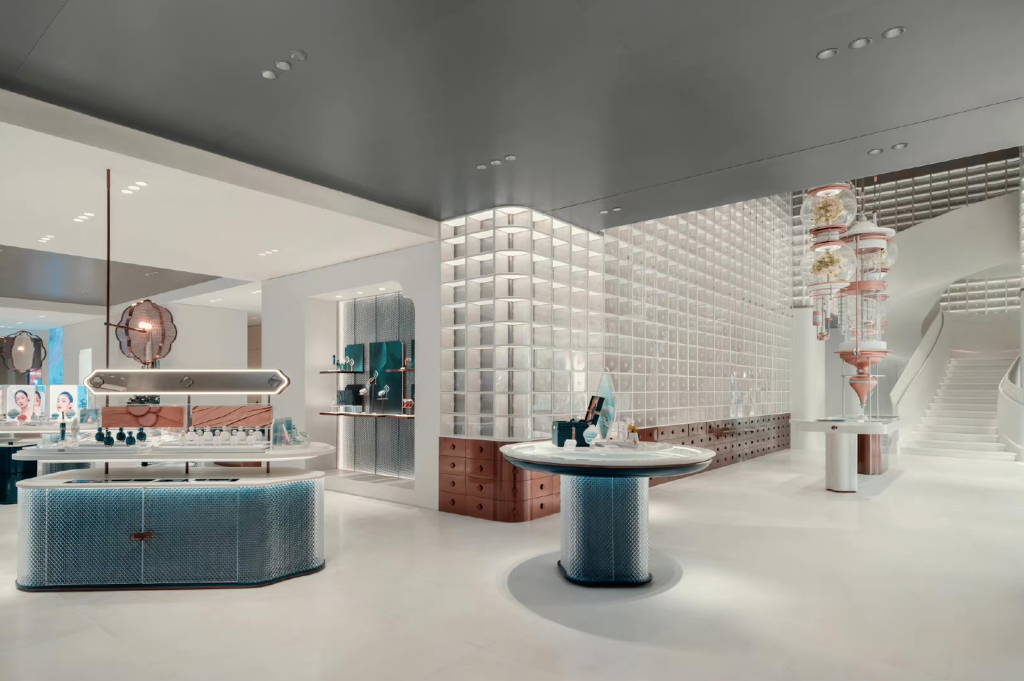
This opening marks a crucial milestone for the five-year-old label. Founded in 2017, Florasis has rapidly grown in popularity online by tapping the Guochao rise, drawing inspiration from Eastern aesthetics and craftsmanship. Yet, after years of online growth, Dao Nguyen, founder of beauty and fragrance marketing agency Essenzia By Dao, believes that opening a physical retail space marks the Chinese brand's step towards legitimacy and move into luxury.
“From the Chinese garden architectural inspiration to customization and limited editions, it brings a full vision alive. I think this works because it brings added value and a richer experience, compared to ‘only’ buying the product online,” she tells Jing Daily.
Experiential and emotive O2O retail#
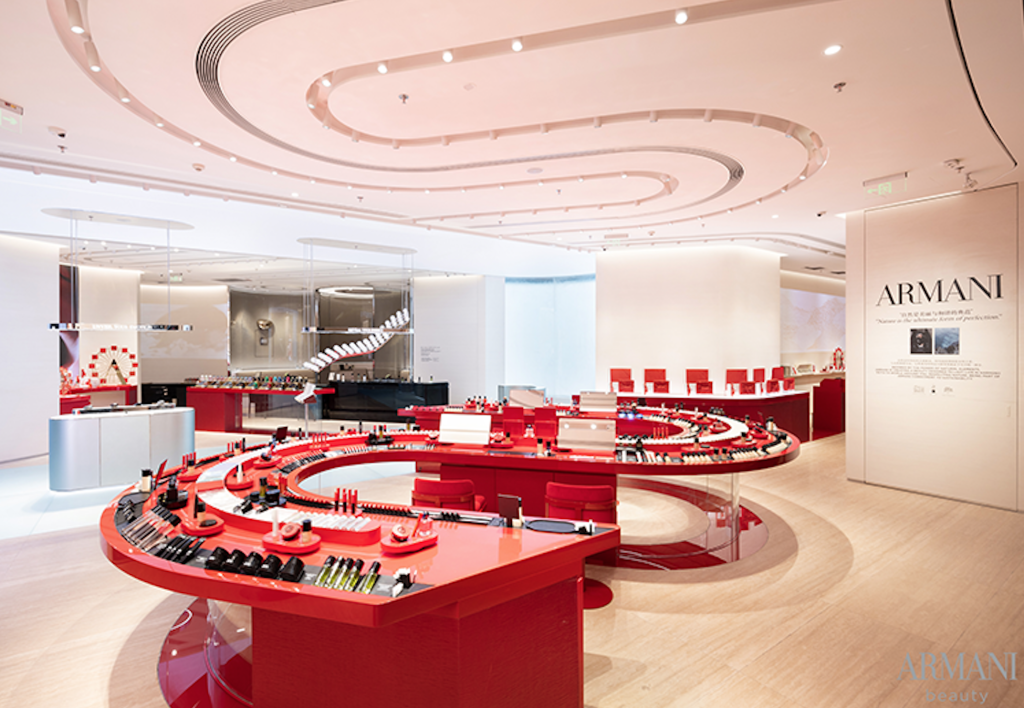
Despite the convenience offered by e-commerce and pandemic impacts on retail, brick-and-mortar can’t be entirely replaced by online shopping. But its functionality has changed.
“The purpose of today’s beauty stores are all about amplifying the brand experience to generate more emotional connection,” says Nguyen. Companies should no longer calculate the value of a site based on the sales per square foot but leverage it as a vital touchpoint for brand and product discovery, where it can entice consumers to spend time.
Nguyen adds, “Stores also need to fully leverage the O2O [online-to-offline] mechanism, which means recruiting offline but building loyalty online.” Armani’s latest retail format — global flagship store “Armonia” in Shenzhen One Avenue Excellence Center — offers a perfect example. The building, covering 3,230 square feet, provides consumers with a fully immersive high-tech and high-touch beauty experience. By scanning a QR code at Armonia’s entrance, shoppers can synchronize their experience O2O; users will receive a diagnosis on the WeChat mini program that suggests a path to take through the store and a unique piece of digital art.
Appointments for in-person Armani “skin labs” analysis can be booked via WeChat, but shoppers learn about their skin, identify their “mood-pairing” fragrances, and try on make-up AR style in store. According to the brand, the same concept is launching in Hainan in the first quarter of this year.
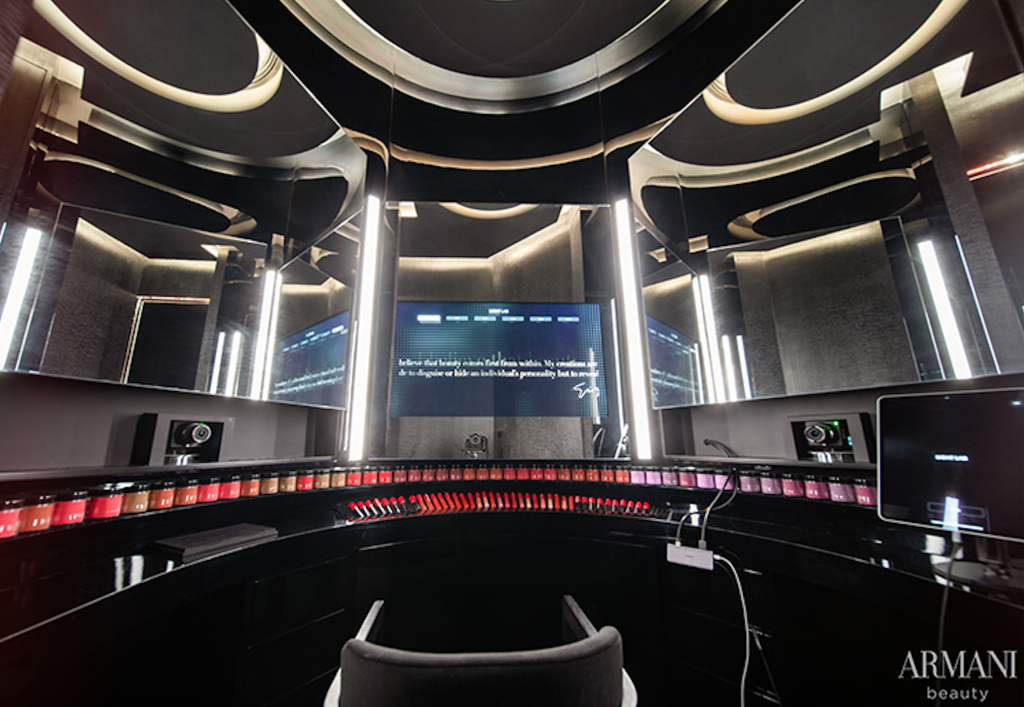
Ramp;D investment#
Domestic and smaller independent brands face stiff competition from mature European, Korean and Japanese giants that have leveraged sophisticated product formulas and big Ramp;D budgets to win loyal clientele all over the world. For instance, Japanese label SK-II and Shiseido, Korean name Whoo, as well as Swiss ultra-luxury skincare La Prairie are all highly desirable beauty brands in the Chinese market thanks to their unique ingredients and formulas.
Domestic beauty establishments are renowned for spending staggering amounts on marketing while allocating little on research and development. While this approach helps them acquire new consumers quickly, the lack of exclusive, patented formulas has led to low consumer stickiness.
To resolve the high consumer acquisition cost and encourage repeat purchases, Florasis is shifting its focus from packaging and marketing to Oriental Beauty Ramp;D, using traditional Chinese medicine ingredients-inspired systems developed by renowned beauty researcher Li Huiliang.

“I believe it’s a wise, inevitable move for Chinese makeup brands to go head to head with international premium brands. We may also see Florasis focus more on product SKUs, while the packaging designs will be comparatively simplified in the future. But like all smart moves, success depends on the authenticity and quality of execution,” concludes Lin Lin.
Given the vast selection of brands and products, as well as market polarization, creating unique value propositions and emotional experiences will be critical to influencing consumers’ decision-making. As such, the brands that can afford it are pumping investment into Ramp;D and building colossal art-like spaces dedicated to the consumer experience.
